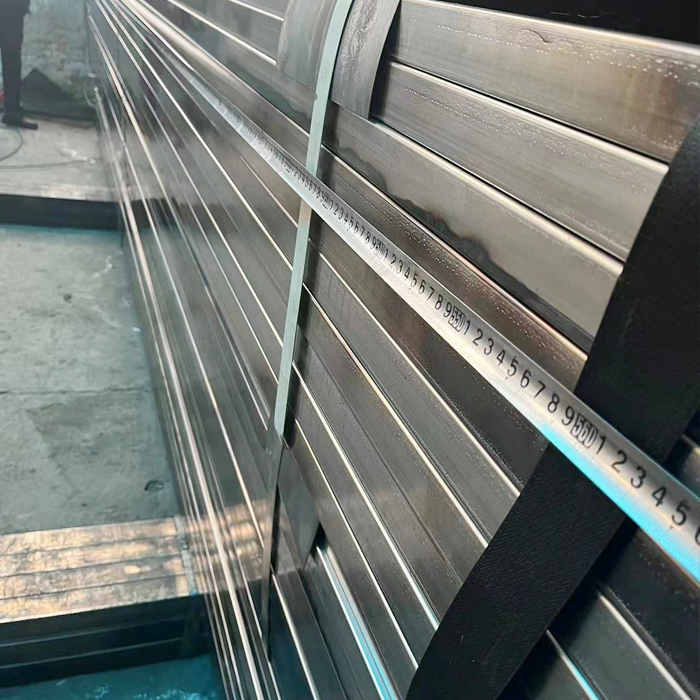The Importance of Wire Mesh for Wall Plastering
When it comes to building and renovation projects, the choice of materials plays a critical role in ensuring the durability and aesthetic appeal of walls. One often overlooked but essential component in this process is wire mesh. Wire mesh, or wire cloth, is a versatile product that has found its application in various industries, including construction, where it serves a vital function in wall plastering.
Understanding Wire Mesh
Wire mesh is essentially a network of interconnected metal wires. It can be made from different materials such as stainless steel, galvanized steel, or aluminum, depending on the specific requirements of a project. The grid-like structure provides strength and stability, making it an ideal reinforcement material for various applications, including plastering walls.
Why Use Wire Mesh for Plastering?
1. Enhanced Strength and Stability One of the primary reasons for using wire mesh in wall plastering is to enhance the strength of the plaster. When plaster is applied to a wall, it can sometimes crack or break away due to the natural settling of a building or temperature changes. Wire mesh acts as a reinforcement layer that absorbs and distributes stress, significantly reducing the likelihood of cracking.
2. Improved Adhesion Wire mesh provides a rough surface for the plaster to grip onto, ensuring better adhesion. This is particularly important in areas where the walls may be subject to movement or vibration. With wire mesh in place, the plaster can bond more effectively, creating a long-lasting finish that is less likely to peel or flake.
3. Moisture Resistance In many instances, moisture can jeopardize the integrity of both the wall and the plaster. Wire mesh can be applied with special moisture-resistant plasters to create a barrier that prevents water infiltration. This is particularly beneficial in humid environments or areas prone to leaks, such as bathrooms and kitchens.
wire mesh for wall plastering

4. Reduced Weight Compared to other reinforcement materials, wire mesh is relatively lightweight, making it easy to handle and install. This is advantageous in terms of labor and material costs, as it reduces the overall weight of the wall system without compromising durability.
5. Versatility Wire mesh can be adapted for various plastering applications. Whether you are working on a residential property, commercial building, or a specialized structure like a swimming pool, wire mesh can be tailored to suit your needs. It can be cut and shaped to fit different configurations, allowing for flexibility in design.
Installation Process
Installing wire mesh for plastering is a straightforward process, but it requires careful planning and execution. First, the surface of the wall must be cleaned and prepared to ensure proper adhesion. The wire mesh is then laid over the wall, often secured with staples or screws, making sure it is flat and smooth. Once the mesh is in place, the plaster can be applied using traditional methods.
It is essential to ensure that the wire mesh is tightly secured to prevent any movement, which could lead to cracks. Depending on the thickness and type of plaster being used, multiple coats may be necessary for the best results.
Conclusion
In conclusion, wire mesh plays a crucial role in the durability and stability of plastered walls. Its strength, adhesion properties, moisture resistance, lightweight nature, and versatility make it an indispensable component in modern construction and renovation. As builders and homeowners seek to create sturdy, long-lasting structures, incorporating wire mesh into wall plastering projects will undoubtedly prove to be a wise investment. By enhancing the overall quality and longevity of walls, wire mesh contributes to the safety and appearance of buildings, ensuring they stand the test of time.

















